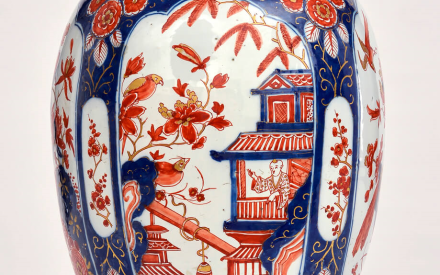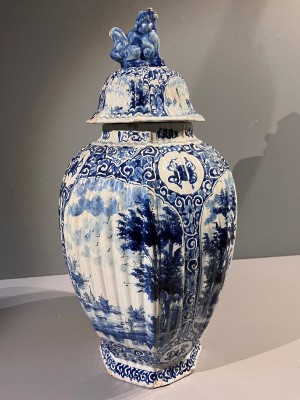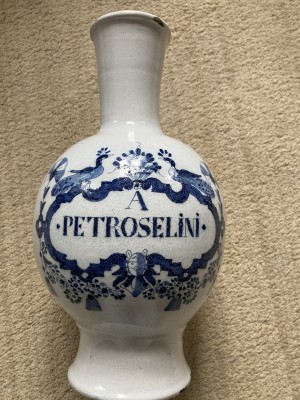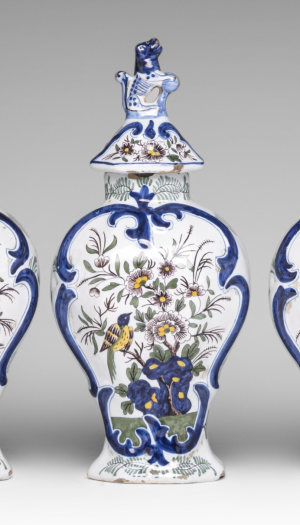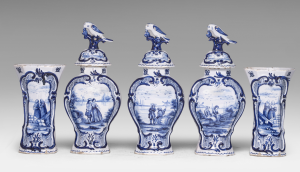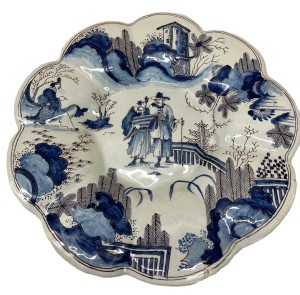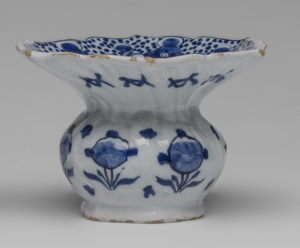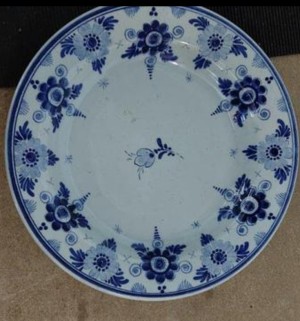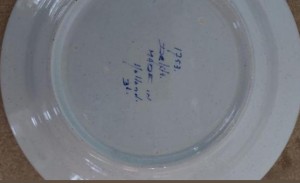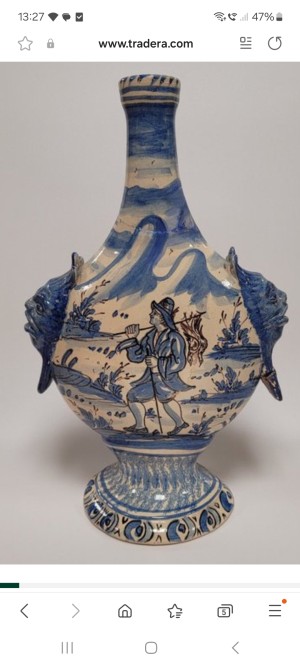Robert Aronson is de vijfde generatie eigenaar van het familiebedrijf Aronson Antiquairs. Deze Amsterdamse kunsthandel is gespecialiseerd op het gebied van Delfts aardewerk uit de 17de en 18de eeuw. Robert is daarnaast actieve bestuurder (geweest) bij verschillende kunst gerelateerde organisaties en is hij panellid bij het TVprogramma Tussen Kunst & Kitsch, als expert Europees aardewerk.
Publications
Last comments
Not Delftware
Pot12 February 2024Verdict:
- Not Delftware
Analysis:
- Not made in Delft
- More recent production technique
- Possibly false mark
- Unidentified mark
Not Delftware
Apothekerpot13 February 2024Verdict:
- Not Delftware
Analysis:
- Not made in Delft
- Hand-painted
Not Delftware
Kastgarnituurset13 February 2024Verdict:
- Not Delftware
Analysis:
- Not made in Delft
- More recent production technique
- Forged mark
Not Delftware
Delftse Garnituurset13 February 2024Verdict:
- Not Delftware
Analysis:
- Not made in Delft
- More recent production technique
- Forged mark
Indeterminable
Gadrooned Dish15 February 2024Verdict:
- Indeterminable
Analysis:
- Tin-glazed earthenware
- Hand-painted
- Can not be determined based on current information
Delftware
Botervloot delfts15 February 2024Verdict:
- Delftware
Analysis:
- Delftware, made between 1620 – 1850
- Tin-glazed earthenware
- Hand-painted
- Unidentified mark
Delftware
Kwispedoor?15 February 2024Verdict:
- Delftware
Analysis:
- Delftware, made between 1620 – 1850
- Tin-glazed earthenware
- Hand-painted
- Unmarked
Not Delftware
Bord15 February 2024Verdict:
- Not Delftware
Analysis:
- Not made in Delft
- More recent production technique
Imitatie Kangxi merk, maar grappig genoeg al gekopieerd van 19e eeuws Chinees. Inderdaad waarschijnlijk Maastrichtse productie. Dank wederom aan Franky!
Not Delftware
Bord15 February 2024Verdict:
- Not Delftware
Analysis:
- Not made in Delft
- More recent production technique
- Mark of a non-Delft pottery/factory
Not Delftware
Majolica pelgrims fles Savona Genua16 February 2024Verdict:
- Not Delftware
Analysis:
- Not made in Delft

